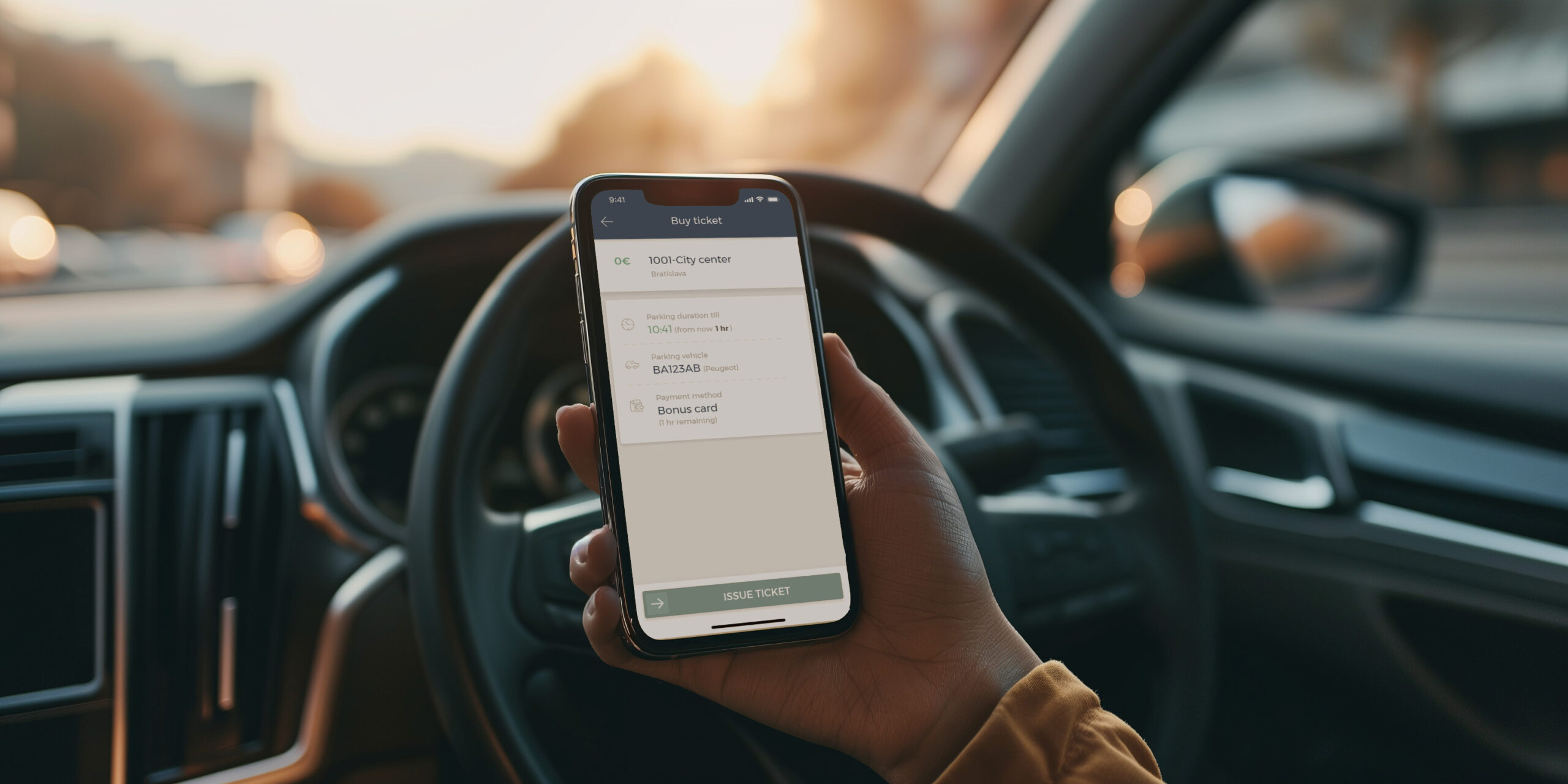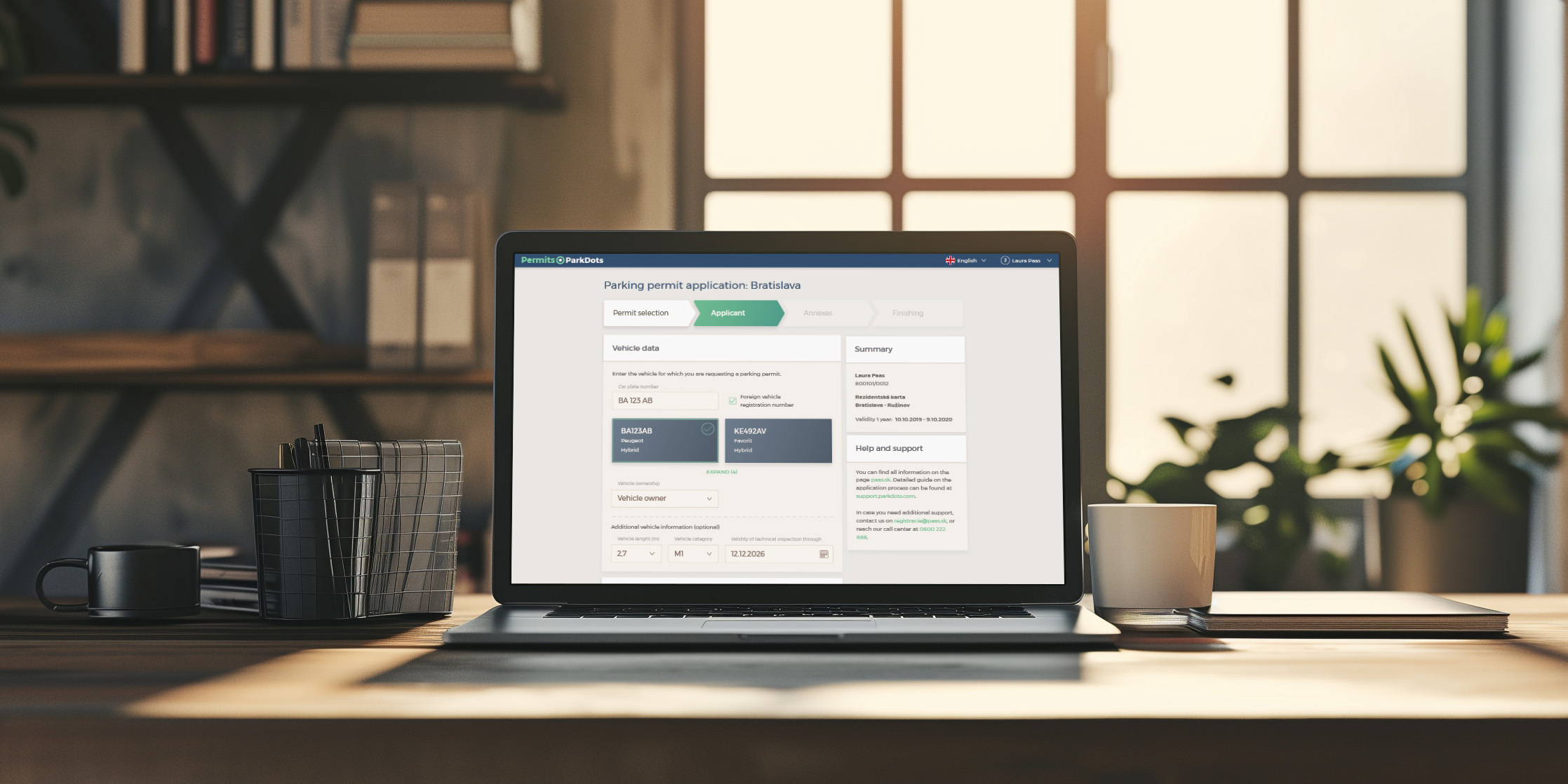The Art of Adaptability in Urban Parking Solutions
"The challenge was not just to build an app, but to subtly change how people engage with urban parking spaces every day."
Introduction
In the dynamic world of urban mobility, our foray into developing the smart parking app has been a journey marked by skillful adaptation and thoughtful innovation. This case study aims to share our expertise and humble learnings in evolving from a sensor-based parking solution to a robust, multi-functional urban parking system, adeptly keeping pace with technological advancements and user needs.
Background and Rationale
Our endeavor began with a clear vision to streamline urban parking using sensor technology. With our extensive experience in design and technology, we were excited to tackle the complexities of urban parking. Our goal was to create a solution that not only addressed current needs but also set a precedent for future innovation in this space.
"Our app's evolution, from sensors to a full-fledged parking system, reflects our learning curve and commitment to improving city life."
Process and Development
The development of our smart parking app was a journey through various stages, each characterized by strategic advancements in technology and a deepened understanding of user experience:
1. Initiation with Sensor-Based Technology
We started with a focus on occupancy sensor technology, aiming to efficiently direct drivers to available parking spots. This phase was characterized by extensive user research and testing, leading to the development of an intuitive interface that leveraged real-time sensor data. Our goal was to set a strong foundation for a functional and user-friendly app, and we were confident in the robustness of our approach.
2. Expansion to Mobile Payments and Off-Street Parking
As the app evolved, we expanded to include mobile payments and off-street parking features, representing a significant shift in our design focus. In the sensor-based phase, the map view was critical, but with mobile payments, the priority shifted to optimizing the payment process. Our 'one tap, one swipe' system was a testament to our commitment to minimalistic yet effective design principles.

"Each phase of development represented a technological leap, driven by an interdisciplinary team dedicated to creating a technically sound and user-centric app."
3. Advancing to On-Street Parking, Permits, and Enforcement
The subsequent phase saw the integration of on-street parking, permits, and enforcement functionalities. This expansion posed the challenge of scaling our design system and experience principles to accommodate an array of new user scenarios and a growing user base. The mobile app, once the sole user touchpoint, became part of a broader ecosystem, with journeys often starting in the permit web app. Our permit app was designed for speed and efficiency, auto-filling user and vehicle data to streamline the application process. Innovations like continuous license plate scanning in our enforcement app and self-provisioning features in the admin app further demonstrated our commitment to technological advancement and user convenience.
4. Responsive Evolution: Market Trends and User Feedback
A critical aspect of our app's development has been our attentive response to market trends and user feedback. We established a continuous cycle of receiving and incorporating feedback, ensuring that our app not only satisfied current user needs but was also poised to anticipate and adapt to future requirements. This responsive approach was key in progressively refining our app's features and interface, keeping it in step with the dynamic urban parking environment.
5. Final Transition: Beyond Sensor-Based Technology
The latest phase of our app represents a significant evolution, moving beyond its initial sensor-based design to focus on a broader spectrum of functionalities like permits, payments, and comprehensive parking management. This transition underscores the adaptability of our app and the foresight of our team in navigating the evolving landscape of urban mobility.
The collective expertise of our interdisciplinary team, encompassing business analysts, system architects, developers, testers, and product managers, was crucial throughout this journey. Their combined skills ensured that each development phase was technically robust, user-focused, and aligned with our strategic objectives.

"Every step of our app's development has been a lesson in humility, teaching us the value of user-centric thinking in technology."
Impact and Outcomes
Today, our smart parking app stands as a leading urban mobility solution in Slovakia, extending its services across numerous major cities. The consistent increase in ticket sales and the growing user base month by month speak volumes about the app's positive impact on urban parking. Its evolution from a sensor-based system to an all-encompassing parking management tool has notably enhanced urban mobility, resonating with both user preferences and market trends.
Conclusion
This case study illustrates the importance of adaptability, collaborative expertise, and technological nimbleness in the tech industry. It demonstrates how an initial concept can mature into a comprehensive solution that significantly influences an industry, redefining standards in urban mobility. Our experience with the smart parking app is a testament to the success that can be achieved by embracing change, understanding user needs, and fostering a culture of cross-functional collaboration, leading to sustainable and impactful technological advancements.